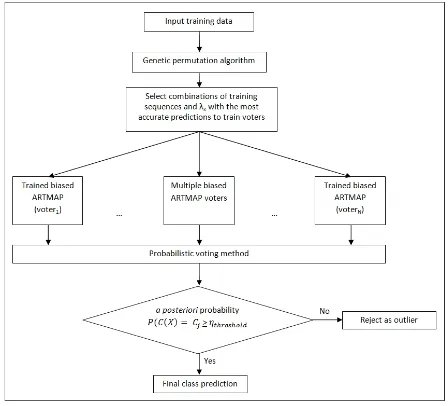Genetic ensemble biased ARTMAP method of ECG Based emotion classification
Full text
Figure




Related documents
This paper presents some common fixed point theorems for occasionally weakly compatible mappings with rational expression in Fuzzy menger metric spaces.. Keywords: Occasionally
The ACT Medicare Local rates well against other Medicare Locals (lowest quintile for completed suicide rate, and prevalence of depression) and the ACT Chief Health Officer’s
● If a guest answers “yes” to any of questions 1-7 on the Traveler’s Health Declaration, we will not allow them or their immediate household traveling companions to travel with
microvascular pathology after experimental traumatic brain injury are associated with prolonged inflammation, blood-brain barrier disruption, and progressive white matter
This note provides a gentle introduction to three types of languages that support machine learn- ing and data mining: inductive query languages, which extend database query
In our opinion, the financial statements referred to above present fairly, in all material respects, the financial position of World Relief as of September 30, 2020, and the changes
Trading records specify who, whether a HFT firm or a regular investor, took and provided liquidity for each transaction (2) NASDAQ’s best bid and ask quotes, together with the
Narrative and thematic analyses of data collected through qualitative interviews with six non-heterosexual Catholic women revealed several ways participants had integrated their